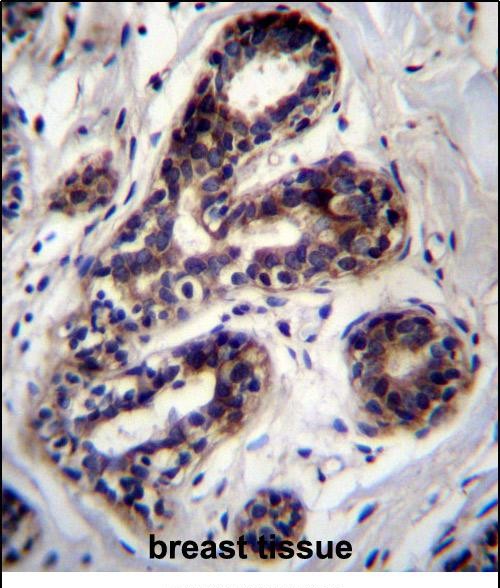

| WB | 咨询技术 | Human,Mouse,Rat |
| IF | 咨询技术 | Human,Mouse,Rat |
| IHC | 1/50-1/200 | Human,Mouse,Rat |
| ICC | 技术咨询 | Human,Mouse,Rat |
| FCM | 咨询技术 | Human,Mouse,Rat |
| Elisa | 1/2000-1/5000 | Human,Mouse,Rat |
| Aliases | Propionyl-CoA carboxylase alpha chain, mitochondrial, PCCase subunit alpha, Propanoyl-CoA:carbon dioxide ligase subunit alpha, PCCA |
| Entrez GeneID | 5095 |
| WB Predicted band size | 80.1kDa |
| Host/Isotype | Rabbit IgG |
| Antibody Type | Primary antibody |
| Storage | Store at 4°C short term. Aliquot and store at -20°C long term. Avoid freeze/thaw cycles. |
| Species Reactivity | Human, Mouse, Rat |
| Immunogen | This PCCA antibody is generated from rabbits immunized with a KLH conjugated synthetic peptide between 362-390 amino acids from the Central region of human PCCA. |
| Formulation | Purified antibody in PBS with 0.05% sodium azide. |
+ +
以下是3篇关于PNN(Perineuronal Net)抗体的代表性文献,包含标题、作者及摘要概括:
---
1. **标题**: *Perineuronal nets: plasticity, protection, and therapeutic potential*
**作者**: Sorg BA 等
**摘要**: 综述了围神经元网络(PNN)在神经可塑性和神经保护中的作用,强调利用特异性PNN抗体标记PNN组分(如聚集蛋白聚糖)的研究,探讨其在创伤后应激障碍和成瘾中的潜在治疗价值。
2. **标题**: *Chondroitin sulfate proteoglycans in the brain cortex: role in Alzheimer's disease*
**作者**: Morawski M 等
**摘要**: 通过PNN抗体(针对WFA凝集素和聚集蛋白聚糖)研究阿尔茨海默病患者大脑皮层中硫酸软骨素蛋白聚糖的分布变化,发现PNN降解与认知衰退相关,提示其作为疾病生物标志物的可能性。
3. **标题**: *Perineuronal nets restrict structural plasticity in the fear-conditioned amygdala*
**作者**: Gogolla N 等
**摘要**: 利用抗PNN抗体(如Cat-316)结合荧光标记,发现小鼠恐惧条件反射模型中杏仁核PNN密度增加,抑制PNN可增强突触重塑,表明PNN通过限制过度可塑性维持情绪记忆稳定性。
---
**备注**:PNN研究多依赖WFA凝集素或抗聚集蛋白聚糖/连接蛋白抗体标记。实际文献需通过PubMed/Google Scholar按关键词“perineuronal net antibody”检索获取全文。
PNN antibodies, commonly referred to in the context of antiphospholipid syndrome (APS), are autoantibodies targeting phospholipid-binding proteins, particularly β₂-glycoprotein I (β₂GPI) and prothrombin. First identified in the 1980s, these antibodies are associated with thrombotic events, recurrent pregnancy loss, and thrombocytopenia. Their name derives from the "phospholipid-dependent" tests (e.g., lupus anticoagulant) used in detection, though "PNN" isn’t a standard abbreviation and may reflect regional or contextual terminology.
Pathogenically, PNN antibodies disrupt phospholipid-protein complexes on cell membranes, promoting hypercoagulability by activating endothelial cells, platelets, and complement pathways. They are clinically significant in APS, often coexisting with systemic lupus erythematosus (SLE). Laboratory diagnosis involves ELISA for anticardiolipin antibodies, anti-β₂GPI antibodies, and functional coagulation assays for lupus anticoagulant.
Research highlights their role in obstetric complications, such as placental thrombosis and inflammation. Management includes anticoagulants (e.g., heparin) and immunosuppressants, though therapeutic efficacy varies. Ongoing studies explore molecular mechanisms and targeted therapies to mitigate antibody-mediated damage. Despite advances, challenges remain in understanding their heterogeneous profiles and optimizing diagnostic criteria.
×